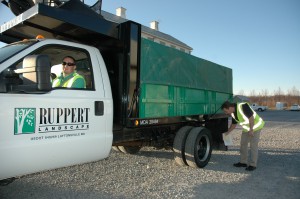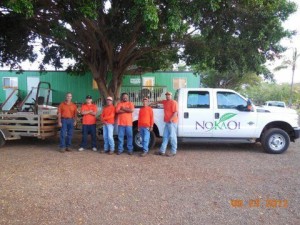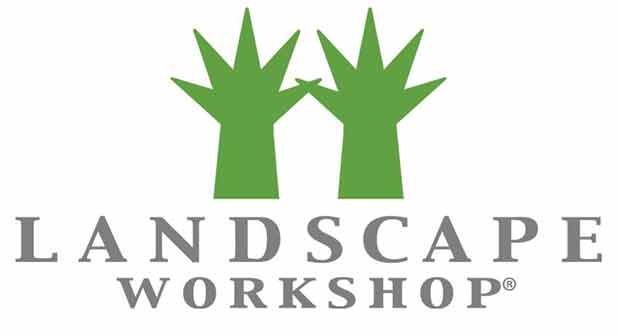
As dawn breaks and your company vehicles pull out of the driveway, consider the person in the driver’s seat—hopefully buckled in—as a teenager using the family car for the first time.
“What’s the last advice you would offer him or her as they depart?” asks Bill Scully, corporate safety director for ValleyCrest Landscape Cos. “Some form of that same answer should be offered to your employee every day just before they drive off.”
While lecturing on safe driving may be a daily task for landscape business owners, the Network of Employers for Traffic Safety (NETS) is turning the topic into a week-long campaign Oct. 7 to 11 for Drive Safely Work Week (DSWW).
This year’s campaign, tagged “Gear up for safe driving—Mind, Body, Vehicle,” centers on the importance of vehicle and personnel health—mental and physical. Employers may download a toolkit from the organization’s website, which is available in English and Spanish, that offers web-based resources on safe driving in the form of tip sheets and driving facts and stats.

In preparation for DSWW, Landscape Management kicked off the safe driving conversation with Green Industry professionals about their methods for devising and instilling safe driving practices in crew members.
Nix the likelihood of unsafe driving
Vetting employees before designating a driver is crucial in preventing unsafe driving, landscape professionals said.
“Everybody considered has to bring their driving record. It has to be clean,” said Shanda King, president of Leo’s Landcare in Williamsburg, Va., and a 2013 “Best of the Best” safety award winner from the Professional Land Care Network (PLANET). “Don’t put somebody behind the wheel just because you need a driver.”
Prevention should extend beyond hiring processes, too, according to DSWW materials. Do so by being attentive to the health of vehicles and employees. Use recommended maintenance schedules to maintain vehicles and conduct safety checks on the vehicles before hitting the road. Require drivers to receive regular vision screenings, stay fueled with adequate food and water during the day and get a good night’s sleep.
“If you’ve got a vehicle that’s not running properly, it increases your risk on the road. It’s the same for any driver who’s not 100 percent,” said Dave Sanders, safety director for Ruppert Landscape in Laytonsville, Md.
Hold drivers accountable

Ruppert monitors vehicle and employee performance by the use of DriveCams, video cameras inside of company vehicles. Due to those devices, Sanders said he’s able to catch and address issues before they worsen.
“It’s one of those things that you just have to keep on everyone’s radar on a daily basis,” he said. “When we look at DriveCam clips, we pick up on a lot of additional issues like distracted drivers, seat belt issues and even uniform compliance.”
While Abby Santos, owner of No Ka Oi Landscape Services in Hanapepe, Hawaii, doesn’t have an extra set of eyes inside her vehicles, she relies on the public to police her drivers from the outside—the company’s phone number and name are largely printed on her trucks.
“There’s no hiding,” said Santos, also a 2013 “Best of the Best” safety award winner. “Naturally, we tell them, ‘You have to follow the rules because your phone number and name are all over (the truck).’”
ValleyCrest uses a similar method with its “How’s My Driving” program, posting hotline decals on its vehicles for the public to report complaints and, occasionally, compliments.
“It’s one of the most effective programs we have implemented and the desired driving behavioral changes are evident in the reduction of incidents throughout the company,” Scully said.
To that end, drivers also should be held accountable for driving well. Incentivizing roadway safety has proven useful for some companies.
ValleyCrest does an annual truck giveaway, awarding its safest employees with a new truck. And Ruppert annually awards the safest branch of its company with a check.
Plant a safe-driving seed
Although driving issues can differ from company to company, Green Industry professionals concurred the best way to instill safe driving in employees is through repeated safety reminders.
“You have to talk about driving safety every day,” Scully said, adding ValleyCrest often does this during tailgate talks. “Remind your drivers while most of the traveling public will not encounter your mowers or loaders, thousands of people will encounter your company truck on the road each day.”

